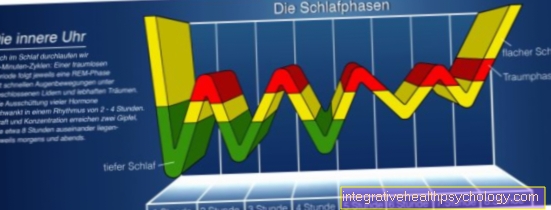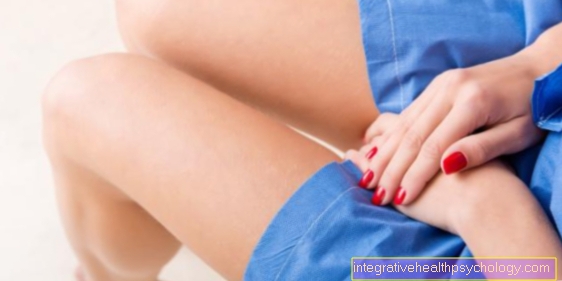Movement description backstroke

The right arm is stretched out into the water with the edge of the hand first. The thumb is pointing up. The left hand is still under water at this time and has ended the underwater action. The view is directed towards the opposite edge of the pool. The body is elongated, but the hips are lower than the shoulders so that the legs can work more effectively.

In this phase the right arm begins the pull phase under water. The elbow remains standing and a right angle is created in the elbow joint so that more water can be moved. The "bringing forward" of the left arm is initiated. The upper body is turned to the right.

When the hand reaches shoulder height, the pressure phase begins. At this point, the left arm is stretched at shoulder height. The legs continue to work cyclically.

In the 4th picture the pressure phase of the right arm is ended and the immersion phase of the left arm is prepared. The upper body lies straight in the water.

The pressure phase of the right arm has ended, but is still under water. The left hand dips into the water with the edge of the hand first.

The upper body is turned to the left, the Elbow the right arm stops and the pulling movement of the left hand begins. The right arm is in the bringing forward phase.

In the 7th picture, the left hand reaches shoulder height with the elbow joint bent (approx. 90 °). The pressure phase under water begins.

The end of the left arm action is initiated and the immersion of the right hand is prepared. A new cycle begins. There are six quick leg strikes during an arm cycle. The knees never come out of the water.
More information
More information about swimming:
- swim
- boost
- Freestyle swimming
- Dolphin swimming
- Backstroke
- Breaststroke
- Turns while swimming
- Movement science





























